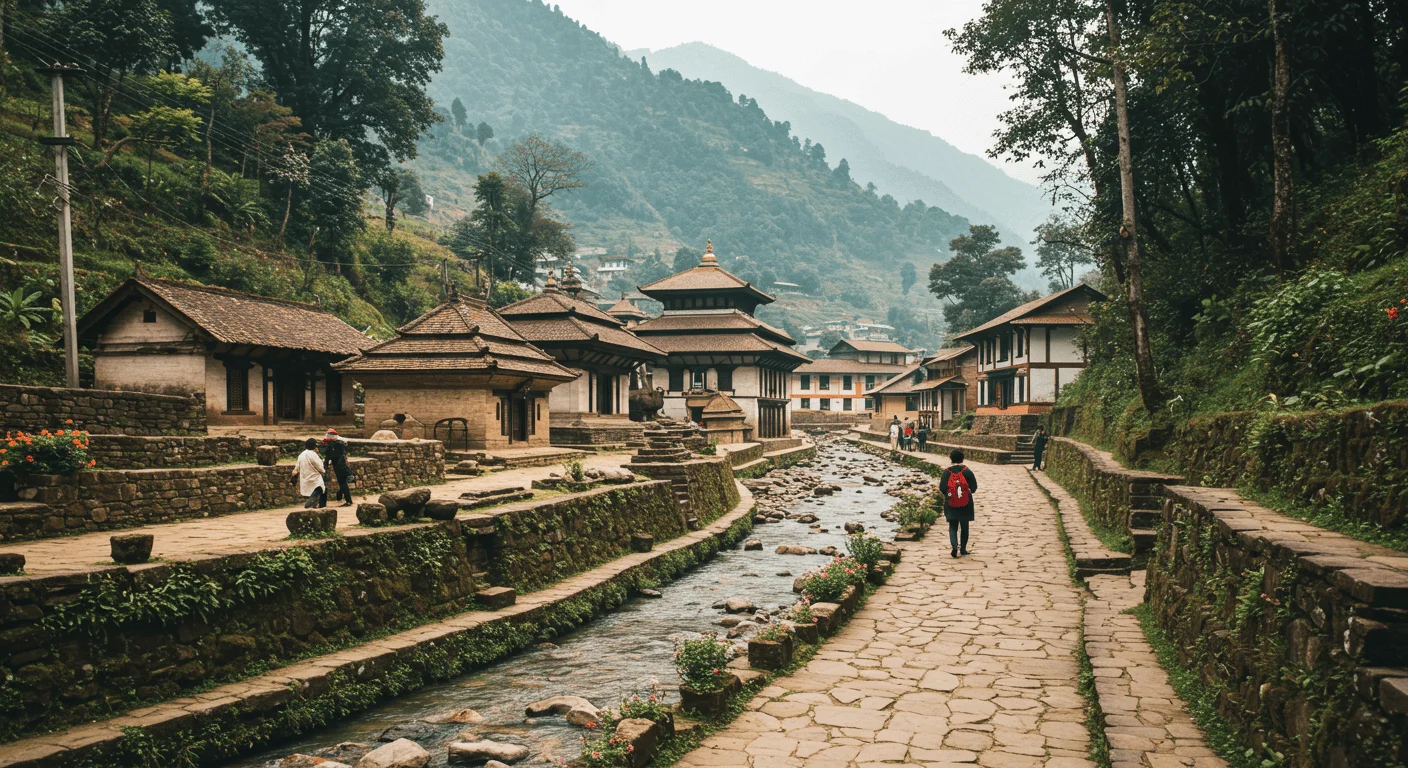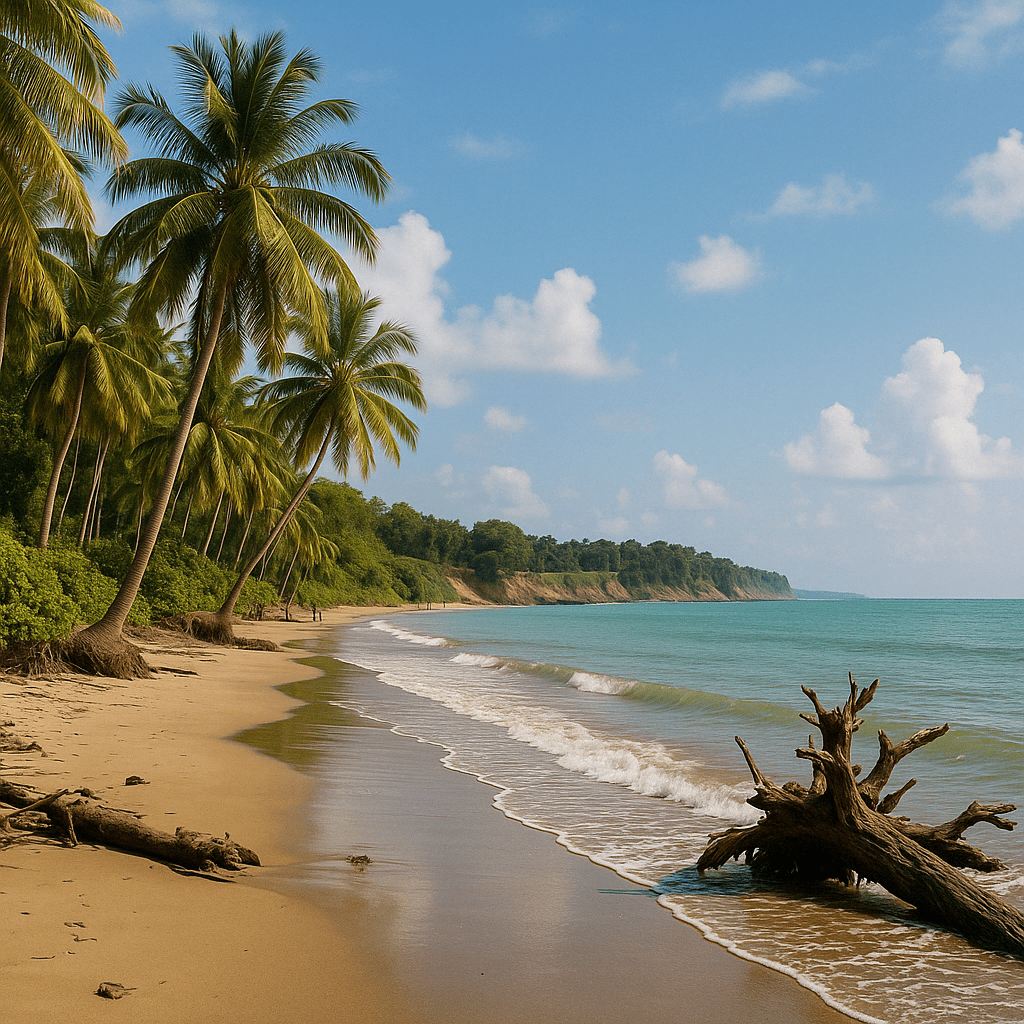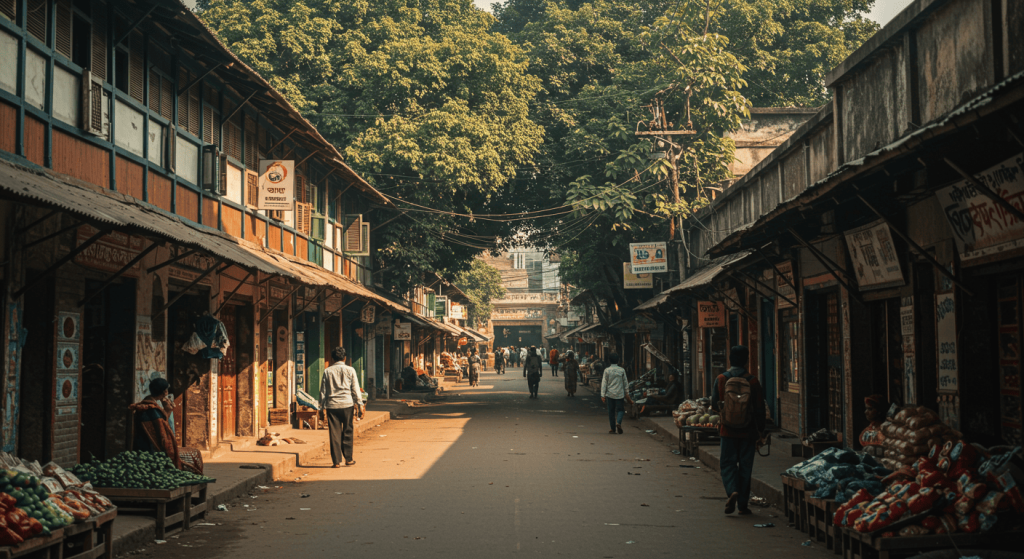
Imagine strolling through lush green hills, the crisp mountain air mixed with aromas of tantalizing spices wafting from nearby villages. You’re in Nepal, far away from crowded tourist spots, discovering a side of this fascinating country that many travelers unknowingly bypass—the village feasts. These local feasts represent vibrant community life and traditions, surprising you with their authenticity and genuine warmth. They’re lively gatherings filled with music, dance, and unforgettable cuisine, often celebrating a specific harvest or religious ritual. If you’re the kind of traveler who dreams of authentic experiences, these six rarely-visited village celebrations across Nepal will truly nourish your body, mind, and soul.
1 Bhaktapur’s Juju Dhau Festival – The Yogurt That Gods Love
Every traveler heads to Bhaktapur for its UNESCO-protected temples, but very few stay long enough to experience its Juju Dhau Festival. Juju Dhau means “King of Yogurts,” and it lives up to its name. This creamy yogurt is served abundantly during the traditional Sindoor Jatra festival, usually held in April. Locals believe that enjoying Juju Dhau during this celebration brings good fortune and prosperity.
Visit early in the day, around mid-morning, as villagers parade through the streets carrying buckets of freshly-prepared yogurt decorated with saffron threads and nuts. Friendly smiles will encourage you to taste endless spoonfuls, so leave some space in your stomach. Best tips? Bring loose Nepalese rupees to buy small servings, mingle freely, and don’t be shy to ask locals about the traditions—they’re proud and delighted to share.
2 Dhampus’ Rice Planting Festival – Get Your Hands (and Feet!) Dirty
Dhampus, a village tucked in the Annapurna foothills, comes alive during a fascinating event overlooked by most trekkers—the annual Rice Planting Festival. Usually timed in June or July (right with the monsoon), villagers celebrate the planting season enthusiastically. Picture singing farmers knee-deep in muddy rice paddies, rhythmic dances, and plenty of laughs shared between locals and visitors brave enough to step into the soggy fields.
One tip: get involved! No better way exists to connect with Nepal’s rural heart than by plunging your feet into mud and planting rice side-by-side with locals. After planting, villagers serve steaming dhal bhat—a delicious meal of rice, lentil soup, and vegetables—that boosts your energy after your muddy adventure. And remember, waterproof footwear or sandals are your friends here.
3 Bandipur’s Maghe Sankranti – Sweet Treats for a Sweeter Year
If you happen to be wandering Bandipur around mid-January, you’re in for a treat (literally). Maghe Sankranti, celebrated here with gusto and yet missed by many visitors, marks the move toward warmer months. Villagers prepare trays of traditional sesame seed candy called khichadi, sweet potatoes, and molasses-soaked pastries called chaku.
On this day, don’t miss visiting local homes—doorways are open, welcoming you to taste homemade snacks. Villagers love chatting with guests and offering their special creations; sharing indicates goodwill and blessings for warmth and health in the coming year. Remember to bring small gifts like candies or fruit if you’re invited to someone’s home. It’s a lovely gesture locals really appreciate.
4 Tansen’s Ropai Festival – Dancing With the Buffaloes
Sitting high above Nepal’s southern Terai plains, Tansen is known for historic architecture and sweeping mountain views, yet travelers rarely experience Ropai, or Rice-Planting Festival in late June. Similar to Dhampus but uniquely quirky, villagers here invite everyone to join playful mud wrestling matches and traditional plow races powered by buffaloes.
Don’t hesitate—jump in and laugh along with the mud-caked crowd! After the games, local musicians start with traditional tunes, filling the valley with lively rhythms. Celebrate your energetic day on muddy fields by indulging in typical snacks such as aloo chop (spiced potato fritters) and the village-famous rice beer (chang). And yes, bring extra clothes, because you’ll end up muddy from head to toe!
5 Bungamati’s Rato Machindranath Feast – Culinary Excellence in a Medieval Village
Just beyond bustling Kathmandu, Bungamati village hosts the annual feast honoring Rato Machindranath, the rain god, during late April or early May. A huge ornate wooden chariot journeys through town, dragged enthusiastically by locals for prosperity and plentiful rainfall—yet tourists usually flock only to the celebration in nearby Patan, missing Bungamati’s celebrations completely.
Besides sacred rituals, feast your way through village homes offering lavish dishes like chatamari (Nepali rice crepes), yomari (sweet dumplings), and baras (lentil pancakes). Visiting village homes in Bungamati is rewarding—genuine smiles greet you warmly. One crucial tip here: wear comfy footwear suitable for cobblestone streets, and don’t be afraid to politely accept locals’ spontaneous invitations—they’ll appreciate your openness.
6 Helambu’s Hyolmo Losar – Discover a Hidden Himalayan New Year
Helambu rarely enters Italian coffee-table photo books, yet this lush region north-east of Kathmandu holds an enchanting secret—the Hyolmo Losar festival around February or March. It’s a lesser-known Tibetan Buddhist new year celebration that nearly no tourists see. The Helambu people, called Hyolmo, display their colorful traditions through monasteries rituals, folk dances, intricate pilgrimages, and feasting in abundance.
Make your way to villages like Sermathang or Melamchi Gaon, where celebrations have a welcoming community vibe. Specialty dishes you must sample include steaming momos, Thukpa (Tibetan noodle soups), and khapse (fried Tibetan biscuits served during Losar). Visas on arrival, local buses, or private jeep services can connect Kathmandu to Helambu in just a few hours—remember layers though, evenings remain chilly even in spring.
Insider Secrets and Essential Tips for Attending Local Village Feasts
Before packing, consider these essentials tips:
Respect local customs and dress codes: Villagers appreciate modest attire. Cover your shoulders, legs, and arms, especially during religious feasts.
Carry small-medium denomination Nepali rupees: You’ll likely buy snacks, souvenirs, or donate to temples easily—large notes might pose issues for currency exchanges in smaller villages.
Be prepared for weather changes and outdoor conditions: Festivals might happen under rain or sunshine—bring hats, sunglasses, rain gear, and extra clothes.
Bring a reusable water bottle: Fill it in trusted guesthouses or hotels, avoiding single-use plastics and enjoying village festivities responsibly.
Plan transport early: Smaller villages have limited transport options. Coordinate clearly with guesthouses or guide services familiar with dates and event schedules.
Interact genuinely and positively: Villagers welcome travelers who sincerely respect and engage with local culture and environment. Say “Namaste,” smile generously, ask friendly questions, and play along joyfully in activities—that positive vibe will open cultural doors wide.
Visiting village feasts provides unforgettable memories, hearty laughs, and meaningful connections beyond tourist clichés. By stepping into these vibrant celebrations with openness, you’ll glimpse Nepal from a deeply personal and authentic perspective.
In short, exploring the charming chaos of village feasts across Nepal breathes pure joy into your travels. Embrace these lesser-known events, taste home-cooked flavors, and dance freely with locals—this is where Nepal warmly waits, off every beaten path, already welcoming you with a cheerful “Namaste!”


